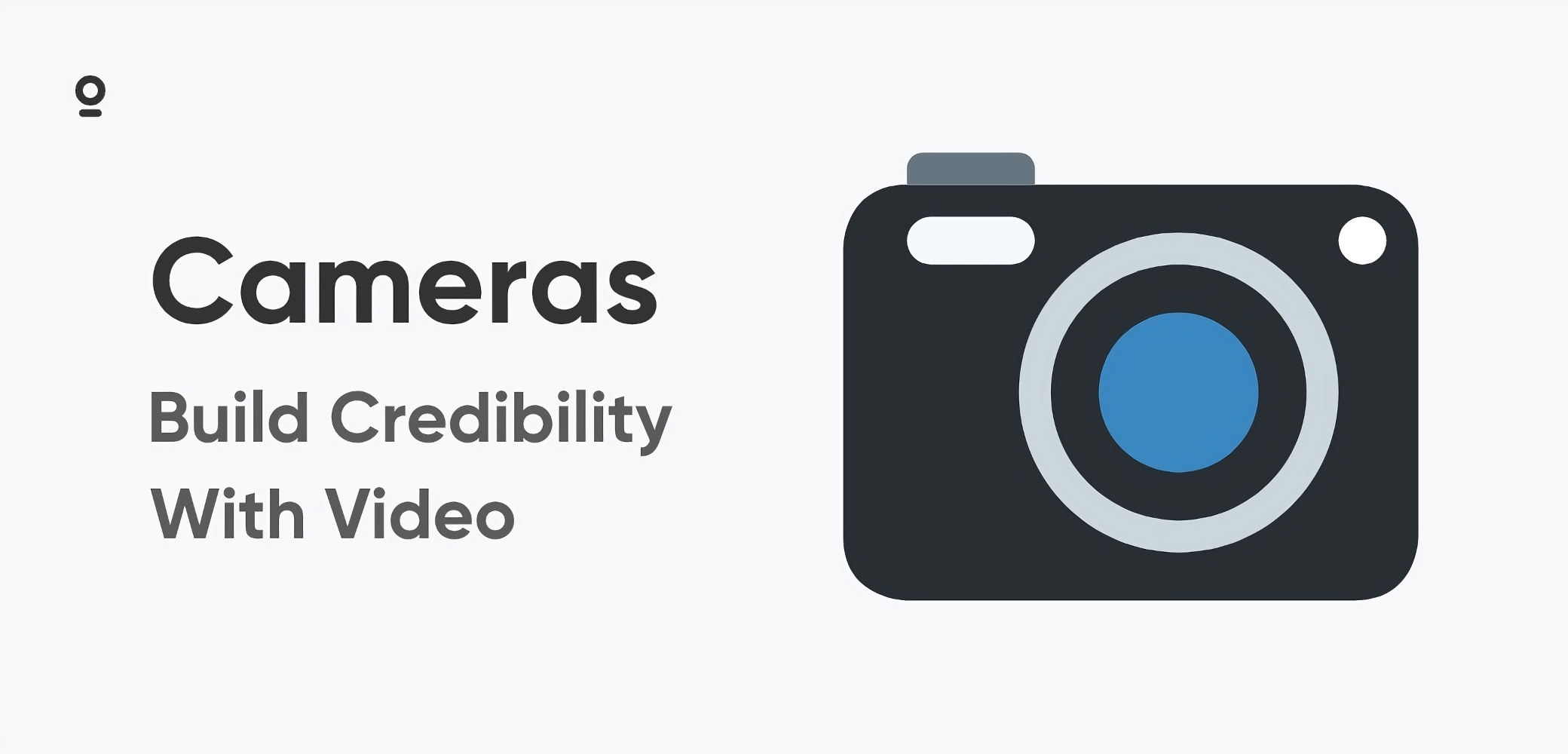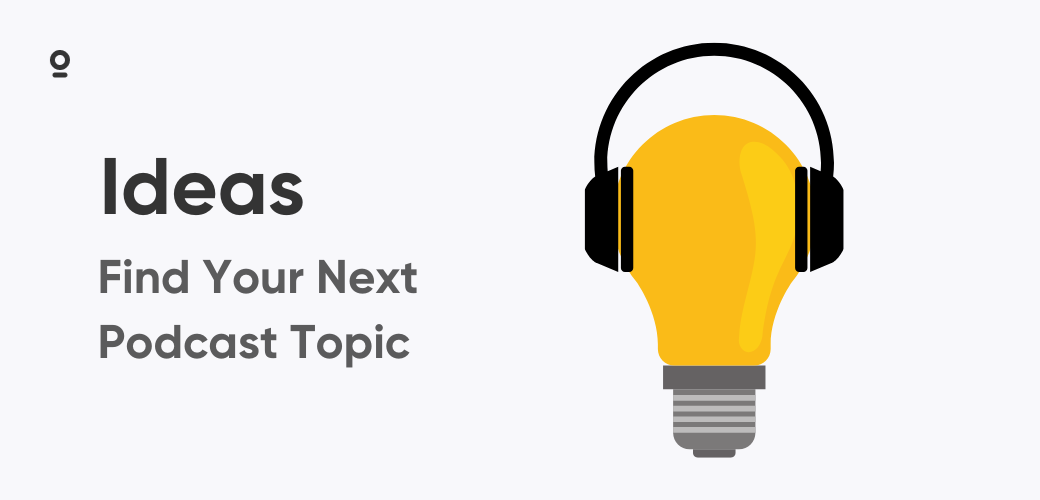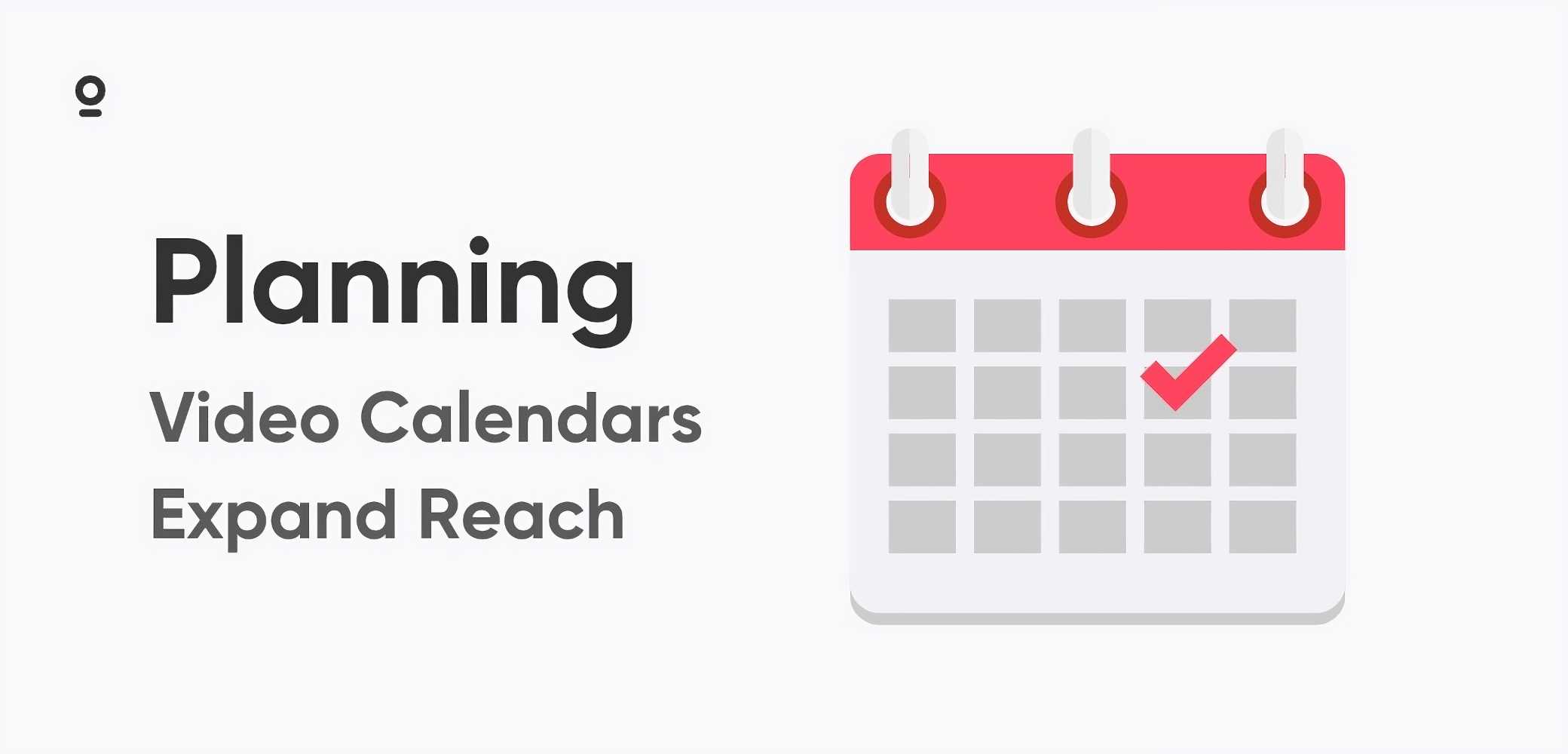Video podcasts aren't just growing. They've arrived. More than three-quarters of weekly podcast listeners now watch video episodes. That means your camera is doing more than capturing footage. It's shaping your audience's first impression, keeping them engaged, and helping your content travel farther across social platforms.
Audio is still king, but video is the gatekeeper. If your show looks amateurish, you'll lose people before they even decide whether your story is worth sticking with. Choosing the best camera for podcasting isn't about gear envy. It's about clarity, consistency, and creating a podcast people want to watch as much as they want to hear.
Why Cameras Matter More in 2025
Platforms are favoring video. YouTube's algorithm rewards it. TikTok and Instagram are built for it. Spotify is investing in it. And clips, short, punchy, vertical video, are becoming the primary way new audiences discover your show.
But that only works if your video quality holds up. A clean frame, good lighting, and sharp focus say: this host is serious. It doesn't have to be cinematic. But it does have to feel intentional.
The right camera supports all of that. It helps your lighting look better. It keeps you in focus even when you move. It makes editing easier. And maybe most important, it keeps your setup simple so you can focus on the content.
Finding the best camera for podcast videos doesn't have to be complicated. With a few priorities in mind, you can identify the right fit without getting overwhelmed by specs.
Key Features That Actually Matter
There are hundreds of specs you could care about. Most of them don't matter unless you're shooting short films. For podcasting, start here:
Resolution and frame rate
4K isn't just a buzzword. It lets you crop in during editing without losing detail. It also helps with compression, so even if you publish at 1080p, it'll look sharper. 30fps is standard. 60fps can be nice for smoother movement or slow-motion clips.
Autofocus
If you move your head a lot, or if guests fidget, you need a camera that tracks faces without hunting or lag. Sony and Canon lead here. It's one of the biggest things separating real cameras from webcams.
Low-light performance
Indoor studios aren't always perfectly lit. A larger sensor and a lens with a wide aperture (like f/1.8) will help your video look clean and natural, even if you're recording at night.
USB and HDMI connectivity
Look for USB webcam mode (sometimes called UVC) if you want plug-and-play streaming. Clean HDMI output is useful if you plan to use a capture card. Having both gives you flexibility.
Audio input
You'll probably record audio separately. But it's good to have a mic input for backup. Some cameras even support headphone monitoring or pro-level XLR inputs.
Continuous power support
Long episodes need more than a battery. Check whether the camera can run off USB-C, a dummy battery, or an AC adapter. Recording limits and overheating are still a factor in some models.
What Type of Camera Should You Use?
There isn't one perfect answer. Here's what works, depending on your setup and budget:
Webcams: Affordable, simple, good enough for tight frames in good lighting. Some newer 4K models add AI tracking or gesture controls. Options like the Logitech C922 Pro Stream or Lumina AI Webcam offer impressive quality.
Smartphones: Still surprisingly capable, especially recent models. Use a mount, a good lighting setup, and apps that unlock manual controls.
Mirrorless cameras: The gold standard for most podcasters. Interchangeable lenses, strong autofocus, excellent video quality.
Compact vlogging cameras: Easier to use than mirrorless, with many of the same video features. Fixed lenses but high quality. The Sony ZV-1 II and Canon PowerShot V1 are excellent examples.
Camcorders and PTZ: Niche, but useful in long-format or multi-angle studio setups where automation or zoom is needed. The GoPro HERO12 Black can also be useful for certain setups.
How to Choose the Best Camera for Podcasting
There's a lot to consider. Here's a practical way to narrow it down what the best camera for podcasting might be for you:
Budget: Set your range first. You can get a decent setup under $300, but the sweet spot for many creators is $700 to $1,200.
Lighting: If your space is well-lit, you have more flexibility. If not, prioritize low-light performance.
Mobility: If you stay at a desk, a webcam or fixed camera works. If you record standing or move around, you'll want solid autofocus and framing control.
Audio: If you're routing audio through the camera, make sure it has a mic input and ideally a headphone out. Otherwise, focus on video quality.
Streaming vs. editing: If you're livestreaming, USB webcam mode is a must. If you're editing in post, HDMI or SD card recording gives you higher bitrates.
Every camera on your shortlist should be evaluated through that lens. What works for one podcast might be a headache for another.
Best Cameras for Podcasting in 2025 (Top Picks)
Budget tier (under $500):
- Logitech Brio 4K: A solid USB webcam with 4K support and decent dynamic range. Easy to use.
- OBSBOT Tiny 2: AI-tracking webcam that keeps you centered. Good for dynamic solo creators.
- Your smartphone: Especially newer iPhones or Pixels. Paired with a tripod and good lighting, it holds up surprisingly well.
Mid-range ($600 to $1,200):
- Sony ZV-E10 II: Mirrorless APS-C camera with excellent autofocus, USB streaming, and 4K60.
- Canon EOS R50: User-friendly, compact, oversampled 4K video, great for desk setups.
- Panasonic Lumix G100: Built-in mic array and simple operation. Lacks 4K60 but gets the job done.
High-end (above $1,200):
- Sony ZV-E1: Full-frame mirrorless with outstanding low-light performance and advanced AI tools.
- Canon R6 Mark II: Full-frame hybrid with excellent dynamic range and pro audio options.
- Sony FX3: Cinema-level quality, perfect for podcast-video production hybrids or studio teams.
Each of these options supports different workflows. The best camera for podcasting is the one that improves your content without adding friction.
Final Thoughts
Picking a camera for podcast production is less about chasing specs and more about matching your gear to the way you work. What matters most is clarity, ease of use, and reliability.
A clean, consistent image goes a long way. It helps your audience connect. It makes your clips more shareable. And it gives your podcast a visual identity you can build on.
If you're focused on growing your show in 2025, don't overlook your visuals. Start with the right camera, and the rest of your content strategy gets easier.







